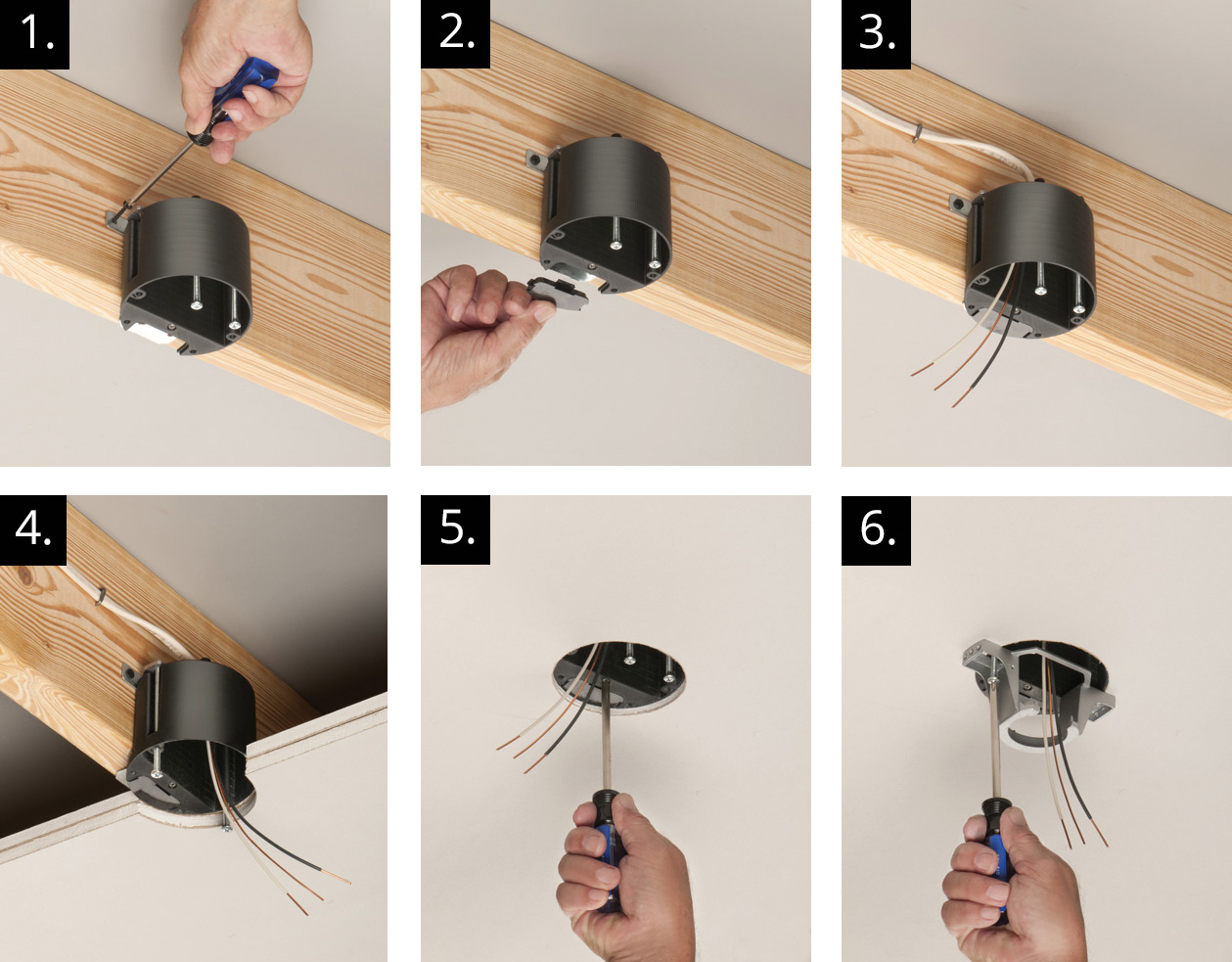

A non-airtight recessed can with an incandescent bulb can draw 3 to 5 times as much air as a hole the same size, thanks to the “stack effect.” When the light inside the can is turned on, the heat it generates turns the can fixture into a chimney, pulling air from the house up into the attic ( McCullough and Gordon 2002). Leaky recessed cans are like a hole in the ceiling, only worse. Third, if the cans are not airtight, they allow conditioned air to escape from the living area into unconditioned spaces such as the attic. Second, many homeowners and contractors install incandescent bulbs or R-lamps in the fixtures they use four times the electricity of fluorescents and six times the electricity of LEDs, as well as generating heat that adds to air-conditioning loads. However, recessed can fixtures can be energy intensive in three ways-if they are not approved for insulation contact and are installed in an insulated ceiling, insulation has to be kept at least 3 inches from the fixture all the way around, leaving about 1 square foot of uninsulated ceiling space.

Recessed “can” ceiling fixtures, or downlights, are the most popular home lighting fixture in the United States.


 0 kommentar(er)
0 kommentar(er)
